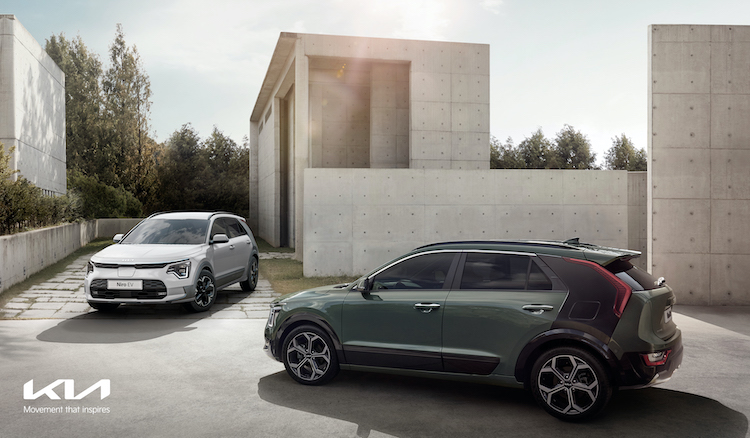
Late last year, Kia whipped the covers off its next-generation Niro, available as a BEV, PHEV, and HEV. Borrowing plenty of styling cues from the Kia HabaNiro Concept, the reveal was well received. The only missing piece of the puzzle was the nitty gritty technical details.
Kia has now confirmed the new Niro’s battery and range information for its EV and PHEV formats.
The pure electric flagship variant gets a 64.8kWh lithium-ion polymer battery, capable of a range of 463km on the WLTP cycle. This represents a mild increase in range over the outgoing model’s 455km range.
This battery is paired to a 150kW/255Nm electric motor. Kia boasts that the model can be charged from 10 to 80% capacity in just over 43 minutes when connected to a DC rapid charger.
The model is set to get a couple of neat ‘firsts’. Like its EV6 cousin it gets bidirectional charging, although in this case it’s not a full ‘vehicle-to-vehicle’ charging system, instead only rated to charge devices.
The other big first is the introduction of a ‘frunk’ up front. Although many legacy manufacturers have keenly joined the electric vehicle segment in the last few years, precious few of their models get a front trunk.
In this case, the frunk is rated to store an admittedly humble 20-litres of volume. Around the back, the boot has a 475-litre capacity (24-litres more than the outgoing Niro EV). This could be seen as one of the Niro EV’s biggest advantages over its PHEV sibling, which packs less boot space (348-litres).
Speaking of the PHEV, its electric motor has been beefed up significantly between models, jumping from 32kW to 62kW. This sees overall output between the electric motor and four-cylinder petrol motor increase to 135kW.
As with the Niro EV, the Niro PHEV’s range improvements are fairly mild. Its battery pack has increased in size from 8.9kWh to 11.1kWh. Kia says this is good for a pure electric range of 65km on the WLTP cycle.
The PHEV’s most interesting change is probably the fact that it no longer has a conventional reverse gear. Instead when reversing it will use electric power. Removing the reverse gear trimmed 2.3kg from the weight of the model’s 6-speed dual-clutch automatic transmission.








